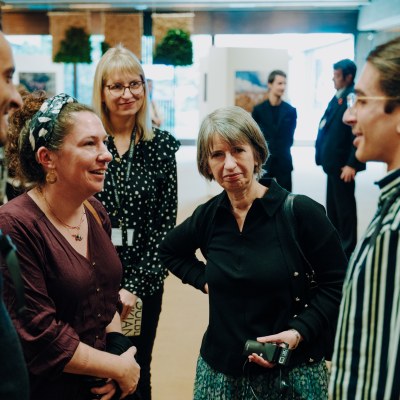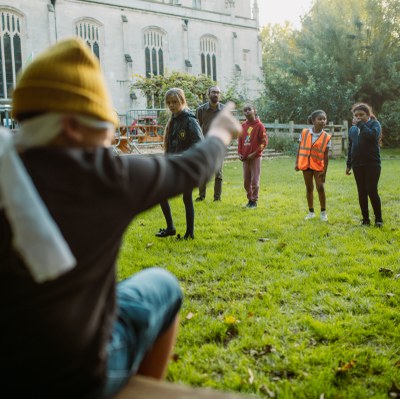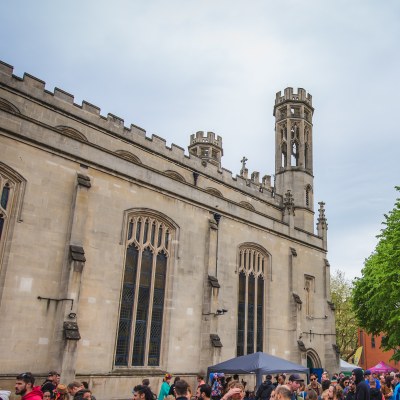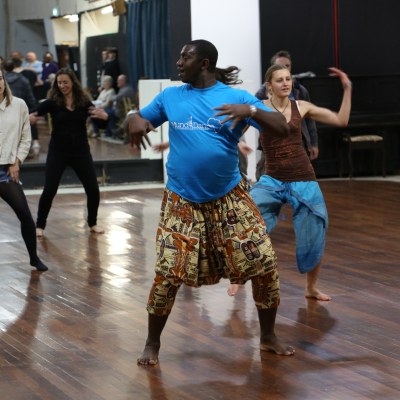We Out Here Festival x Trinity
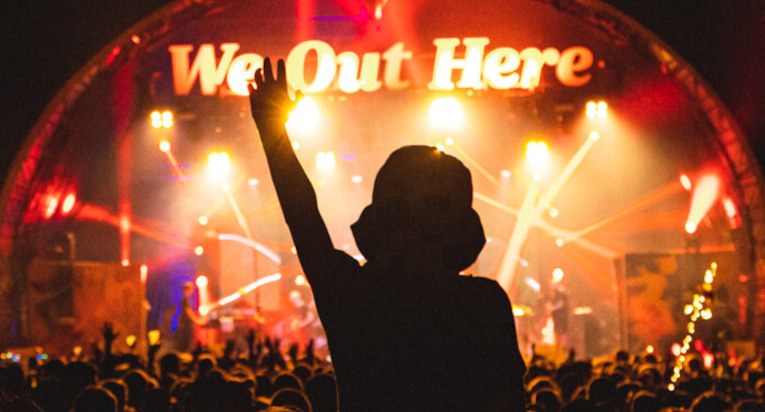 We Out Here Festival 2022, credit - Rob Jones
We Out Here Festival 2022, credit - Rob Jones
Trinity are proud to be invited for a take over at the Rhythm Corner this year at We Out Here Festival, hosting a huge Bristol takeover.
WOH have invited some of their favourite parties and projects from across the country to give them a helping hand across the stages. Alongside familiar faces they welcome Pineapple records, Trinity, WET LDN and Distant Planet Vs Future Retro to the WOH family.
Sat 16 Aug, Rhythm Stage line up:
- Roni Size
- DJ Krust
- DJ Die
- Om Unit
- k means & i-sha
- Neffa-T
- Kahn & Pinch
- Phaeleh
- Rose Holland
- amaia
‘This is my Church. This is my Church’ this famous line from the late Great Maxi Jazz is a mantra to many for Bristol’s Trinity Centre.
Although deconsecrated in 1976 Trinity remains a Church for many, its DJ’s priests reinventing new religions from the embers of past sounds, and from the rewiring of old and new technologies.
Trinity’s life as a temple of Bass began in 1976 when the Church sold the building to members of the African Caribbean community who were keen to find a community building that could serve a variety of community needs.
The centre was envisaged as a multipurpose community hub providing vocational training and a cultural space for the Windrush generation and their descendants. Things did not quiet go to plan. the crumbling lichen covered gravestones outside the Church proved off putting for Caribbean elders raised on duppy stories.
The young pioneers of Bristol’s sound system culture had no such qualms nor too the punk kids. Musically and culturally punk and reggae were persona non gratis for Bristol’s central venues still caught in the bright lights of late disco. Black youth faced the added problem of racial discrimination at the club door.
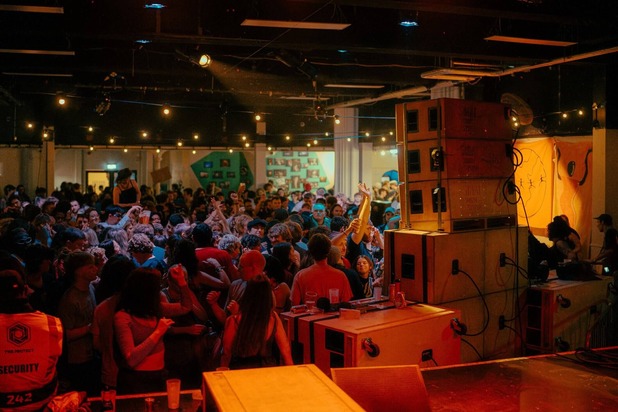
Pangea, credit Elliot Hingston
Trinity became an incubation and cross pollination space between artists and audiences. On its dance floor people from across were exposed to the booming reggae bass and punks' raw aggression. The classic Bristol Sound, as typified by collaborators such as Smith & Mighty, Roni Size, DJ Krust and DJ Die were born out of these encounters. Trinity was also one of the few spaces where audiences could see, then, underground acts The Specials, The Clash, Linton Kwesi Johnson and Benjamin Zephaniah.
Trinity closed in 1984 and after extensive refurbishment reopened under new management six years later. The new Trinity flourished with the growth of the dance music scene. Nights such as Tokyo Sex Whale, and Sundissential were broad umbrellas where clubbers could enjoy Techno, House, Trance and Jungle. Over time these genres splintered becoming singular promotions. The fusion between reggae, dancehall electronica led to jungle and Drum and Bass derivatives and became a mainstay of Bristol’s pioneering musical calendar.
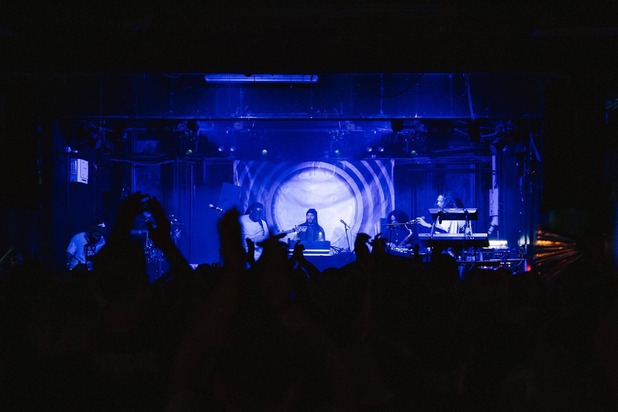
Mala & Joey Armon Jones, credit Khali Ackford
Today Trinity remains a social conscious space, which heavily nods to its heritage and a space for community activities. As Bristol changes, so too does Trinity, but its heartbeat remains the same. More than bricks, basslines, and stained glass, it stands as a living monument to resilience, reinvention, and radical joy. From punk to jungle, protest to celebration, it has always been a space where the margins move to the centre.
Today, whether you're stepping into a community workshop, a club night, or a poetry reading, you're entering a continuum, a place where past and future harmonise in sound. Trinity isn’t just a venue for many; it’s still a sanctuary.'
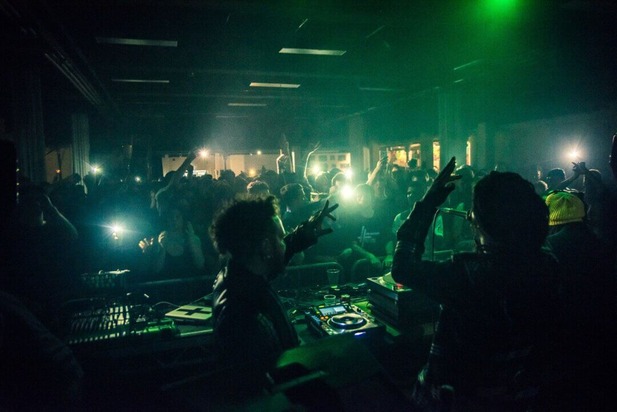
Deep Medi, credit Khali Ackford




